
The health hazards lurking in your home
You probably know lead and asbestos are dangerous substances that can turn up in homes, but you might not know that other chemicals inside our houses, both natural and man-made, can make you sick. These substances can foul your air, water, food, and even the products you use to clean. Some symptoms of sick building syndrome can include irritated eyes, nose, throat, or skin, breathing trouble, fatigue, and confusion; building-related illness may include long-term problems like asthma and allergies. And then there are the chemicals that disrupt hormones or jumpstart cancer. Here are some things you can do that to make your house healthier and reduce your risks.
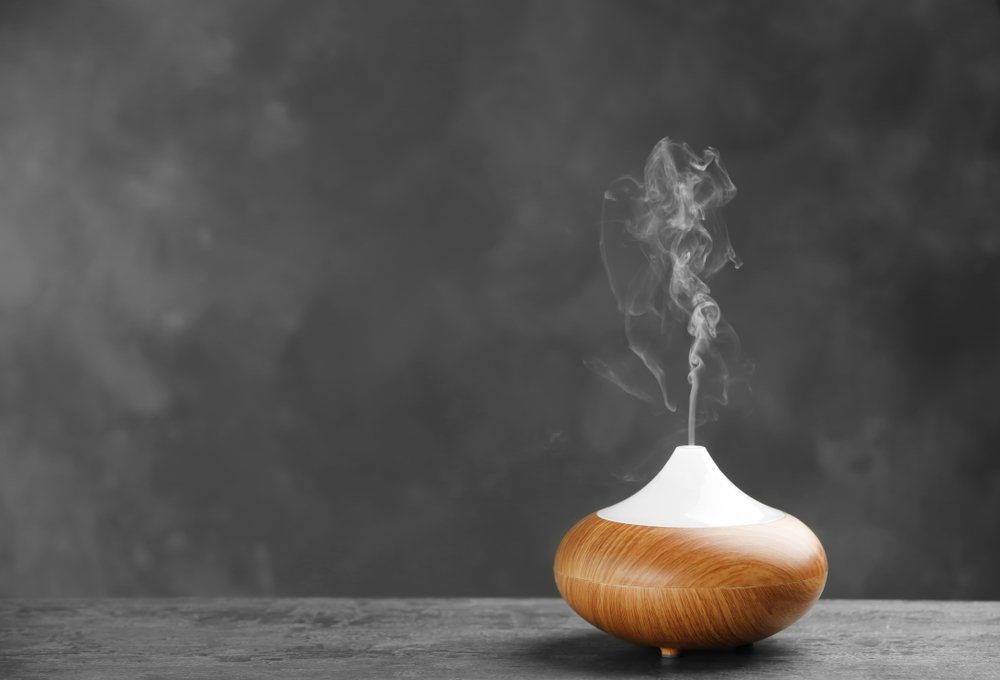
You’re addicted to air fresheners
If you’re obsessed with keeping your house smelling fresh, you could be affecting your health. Scented candles, oil diffusers, plugin fresheners, and scented sprays may contain phthalates, chemicals that may disrupt the endocrine system by interfering with hormones. “Phthalates can act as a synthetic hormone inside the body. When we have synthetic chemicals that interfere with natural processes, we start worrying about health issues,” says Lara Adler, an environmental toxins expert and certified holistic health coach in Portland, Oregon. Safely freshen your home by using natural essential oils, buying flowers, or simply opening the windows.
Find out 20+ clever hacks to get rid of household odours.
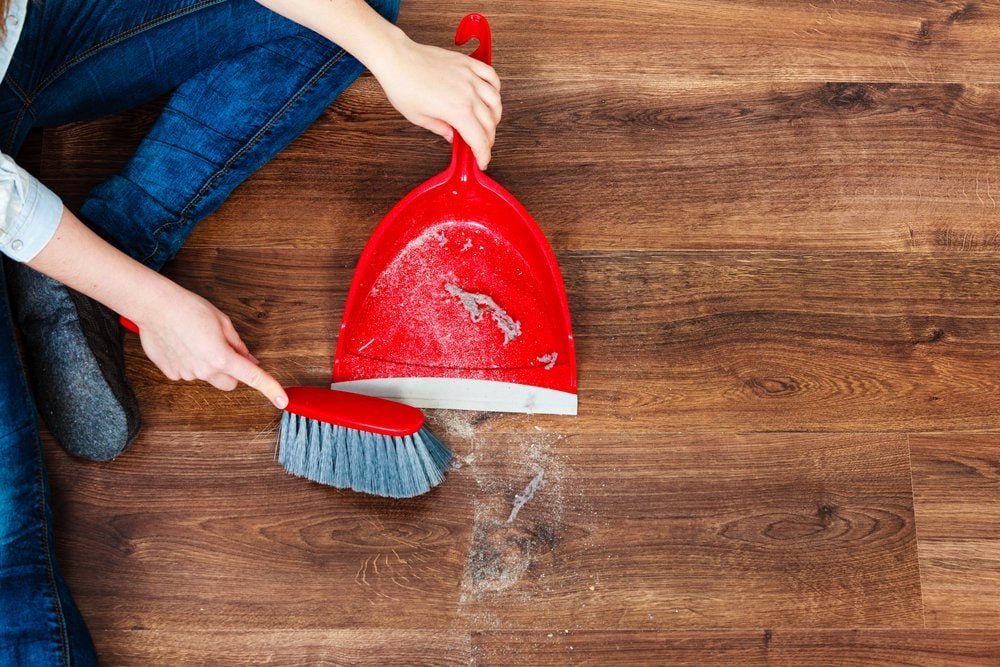
You have toxic dust
The dust in hard-to-reach corners or settled atop your furniture can do more than cause a sneezing fit, it can actually be toxic. Researchers from George Washington University analyzed dust samples data from across the United States and found 45 potentially toxic chemicals hiding within, ten of which turned up in 90 per cent of the samples. One repeat offender was TDCIPP, a flame retardant frequently found in furniture and other household items that is thought to cause cancer; phthalates, often found in toys and vinyl flooring, as well as phenols, typically used in cleaning products, were also found in high amounts. Minimize dust by vacuuming frequently (use the proper attachments to reach into corners and under furniture) and regularly wiping down surfaces.
Here are nine places you’re not vacuuming—but should be.
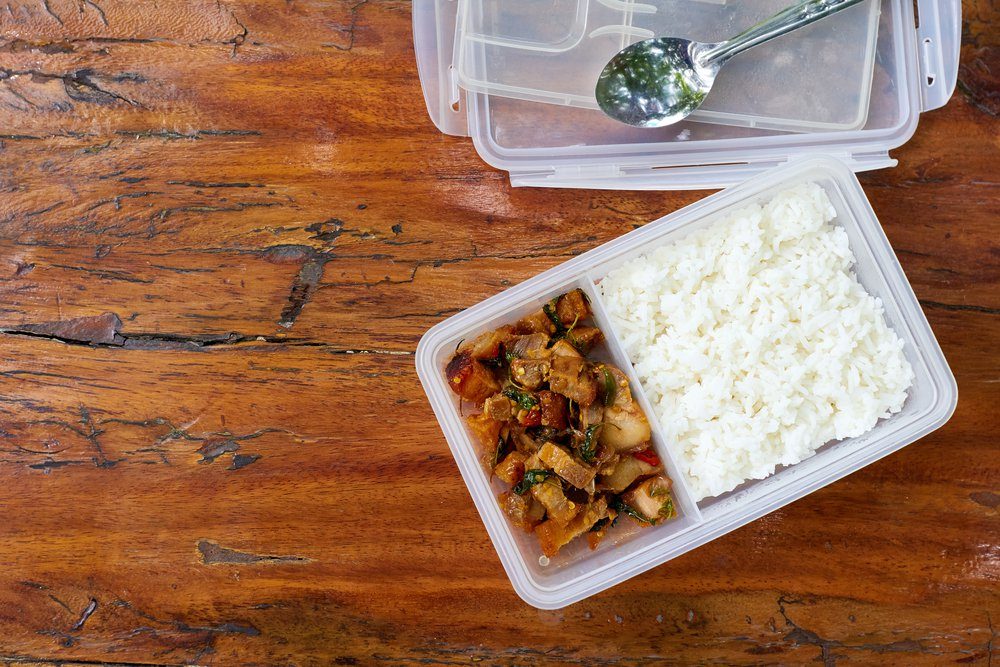
Your kitchen is filled with plastic
Plastic storage containers often contain harmful chemicals like BPA, which can leach into your food when reheating or even by filling them when leftovers are still hot. Polycarbonate plastic items (hard and marketed as shatter-resistant) like reusable water bottles, drinking cups, or beverage jugs also often contain BPA, which may interfere with the body’s hormones and potentially raise the risk of developing cancer and diabetes. And don’t let “BPA-free” on the packaging fool you. “Many manufacturers simply replaced BPA with another similar chemical in the same family, which may be just as bad,” says Adler. Avoid plastic whenever possible, says Adler, and opt for glass storage containers or stainless steel water bottles.
Check out more facts that will make you stop using plastic.
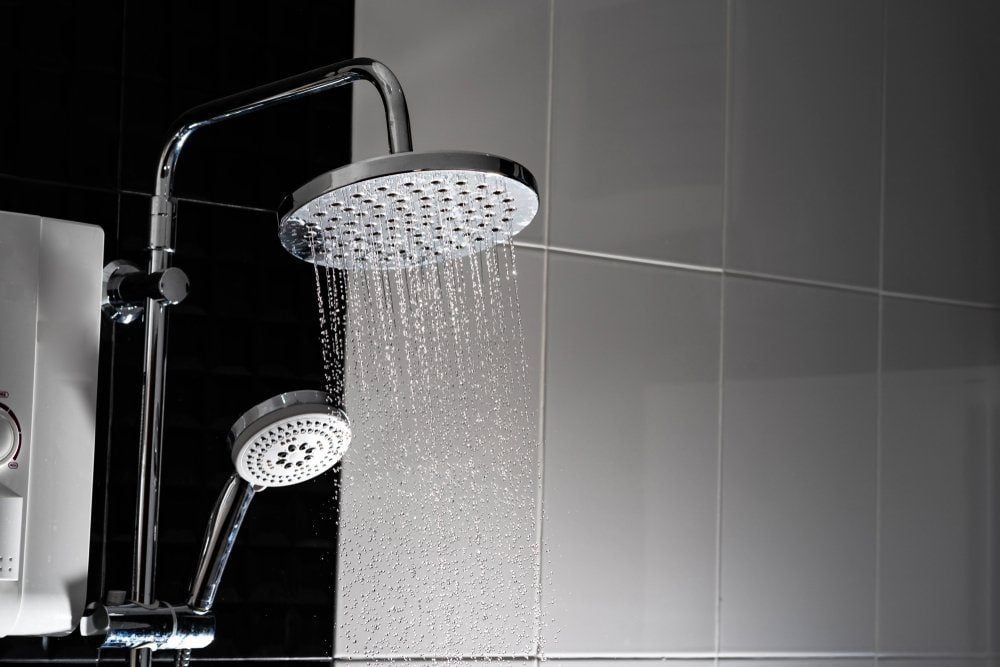
You spray down your shower with bleach
Bleach will leave your bathroom tiles sparkling clean, but if mould is an issue, bleach could actually make it worse. “Bleach gets rid of mould in tile grout, but it’s very caustic and grout is permeable, so it actually eats away at grout over time and makes tiny holes for more mould to grow,” says Adler. Try using a solution of hydrogen peroxide and water to combat mould spores, be sure your bathroom has proper ventilation to cut back on the humidity mould thrives in, and use a squeegee to wipe down the shower walls to get rid of excess water after bathing.
Find out how to clean your bathroom in five minutes (or less).
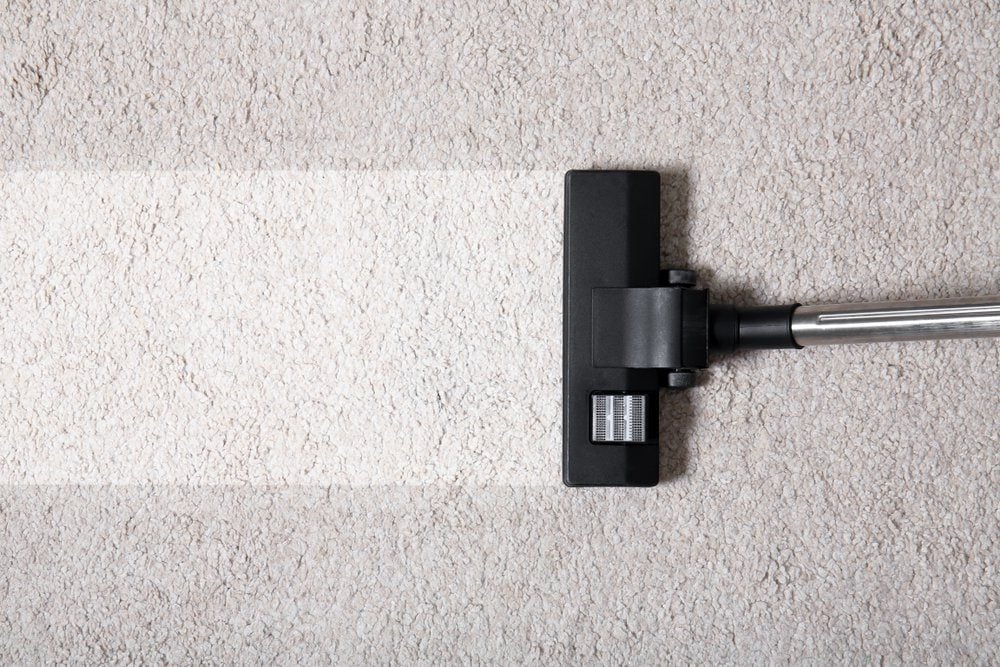
You have wall-to-wall carpeting
Wall-to-wall carpeting can be a big problem if you don’t take care of it. “It becomes a sink for all kinds of contaminants,” says Adler. Dust and pet dander can settle into the cushioning and cause allergic reactions. And if you don’t remove your shoes before walking through the house, you can track contaminants from the outdoors all over your carpet, like dirt, pesticides, heavy metals, you name it. “Then your kids or pets crawl on the floor and get it all over themselves,” she says. Regularly vacuum and wash carpets and rugs.
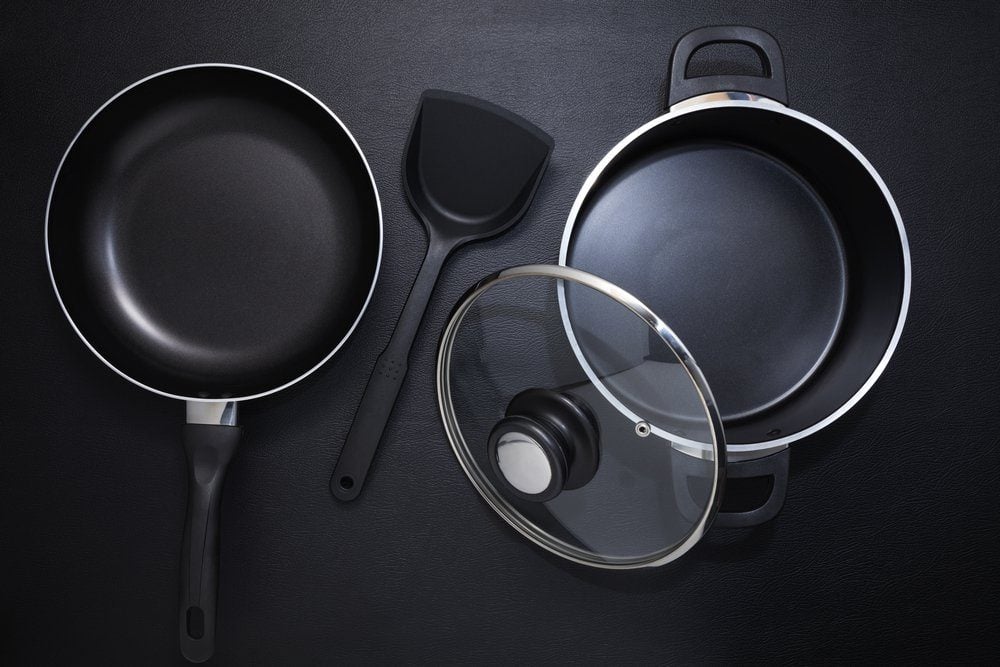
All your cookware is non-stick
More research needs to be done, but what scientists know so far is that the synthetic chemicals used to prevent food from sticking in non-stick cookware can be released during high-heat cooking and potentially be harmful, even causing flu-like symptoms. Opt for stainless steel or cast iron.
Find out the surprising way you’re ruining your frying pans.
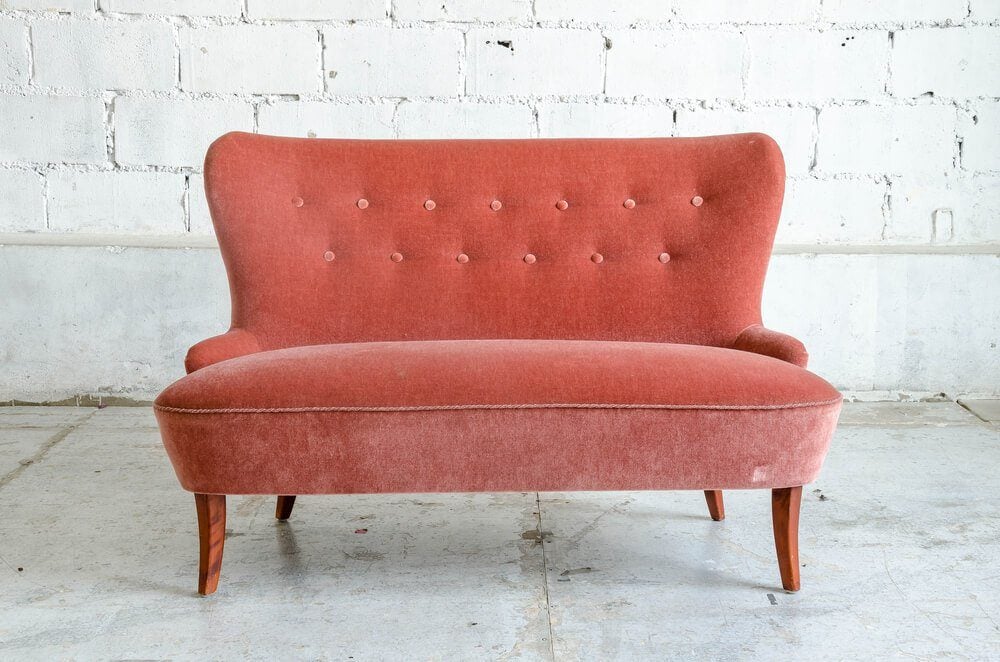
Your upholstery is ancient
If you can’t bear to part with your favourite couch or big comfy chair, at least take a look at its little white tag; if it says “TB117” you could be in danger. “Flame retardants that are carcinogens, typically found in upholstered furniture, were required under California law TB117,” says Adler. In 2013, California passed a new law no longer requiring these flame retardant chemicals, so items manufactured since then say “TB 117-2013” on the label. “Consumers should check to make sure that the tag on upholstered furniture states TB117-2013 and that the label clearly indicates that no flame retardants have been added,” Adler says.
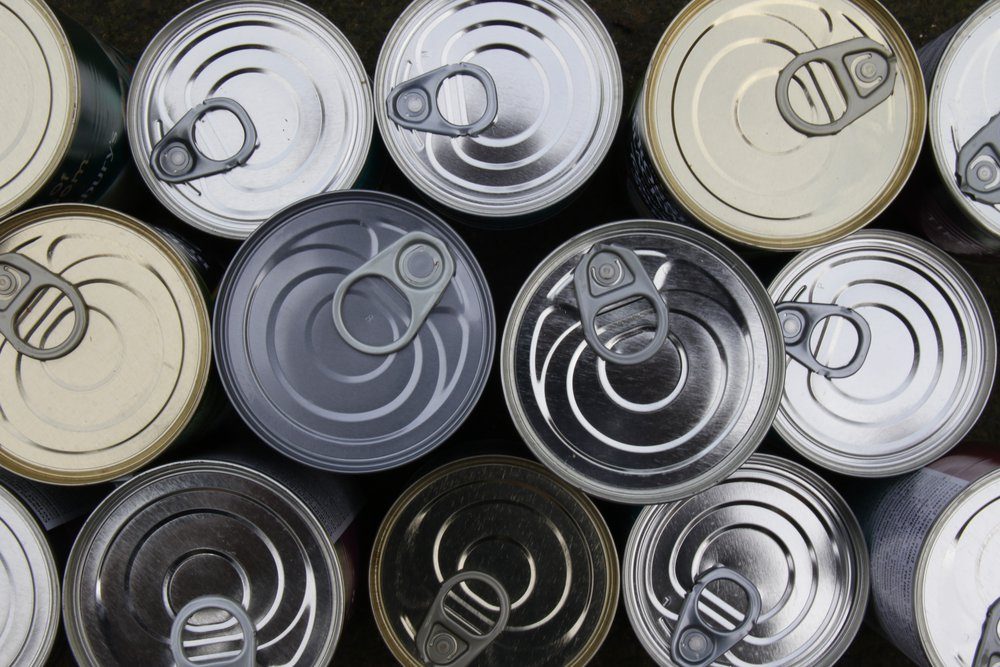
Your pantry is packed with canned food
Canned food can make for a cheap meal with a side of toxins. Some cans are lined with a substance containing BPA, which can migrate into food, especially ones that were hot when packaged or are acidic, says Adler. “These are staples in people’s kitchen yet are a significant source of BPA exposure,” she says. Research companies that pledge not to use harmful chemicals in the manufacturing process and many brands now sell beans, soup, and tomatoes in boxes, she says.
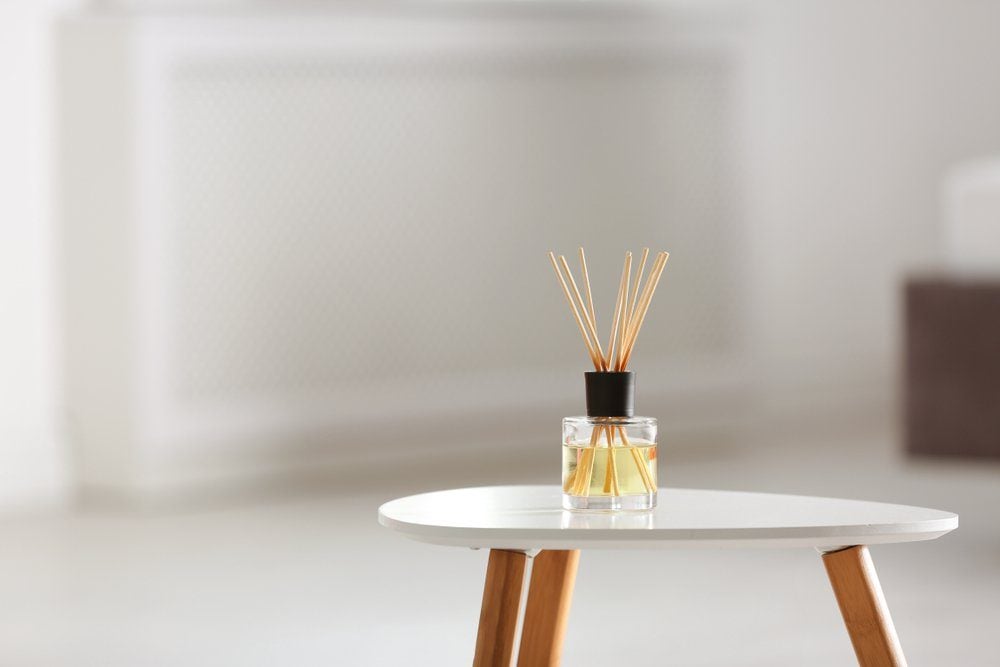
You burn incense to relax
Burning incense can send large amounts of particulate matter into the air, which can then settle in the respiratory tract, according to the Environmental Protection Agency. It also often contains trace amounts of chemicals that may cause skin irritation.
Here are four skin changes you should never ignore.
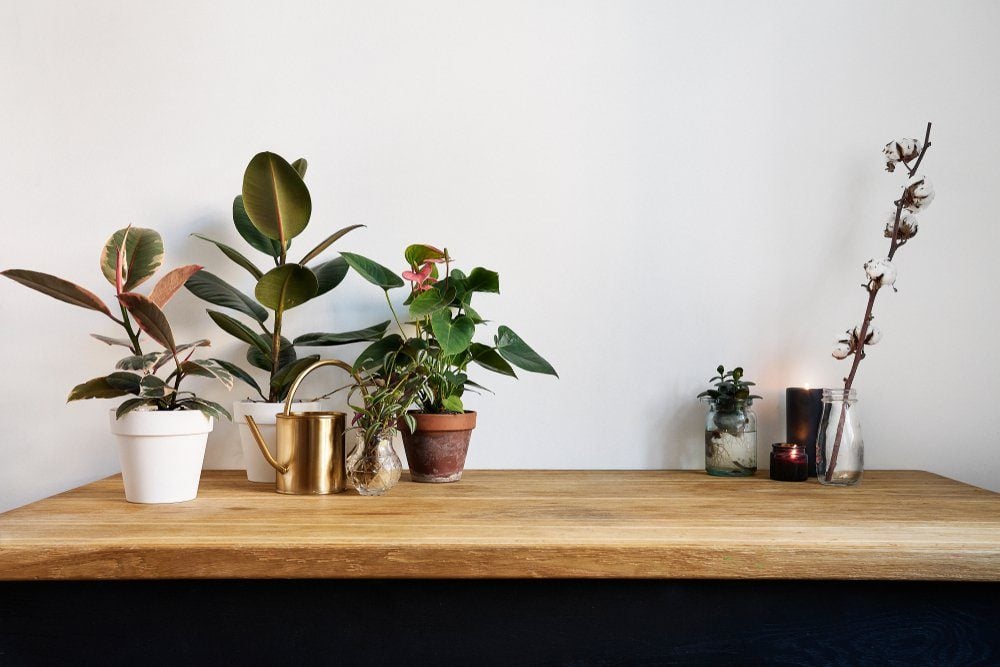
You don’t have houseplants
Houseplants can do more than brighten your home, they can also reduce indoor air pollution. Just ask NASA. NASA research found that greenery like English Ivy, Gerbera Daisy, Bamboo Palm, and Chinese Evergreen are effective in absorbing and removing harmful contaminants like carbon monoxide from the air.
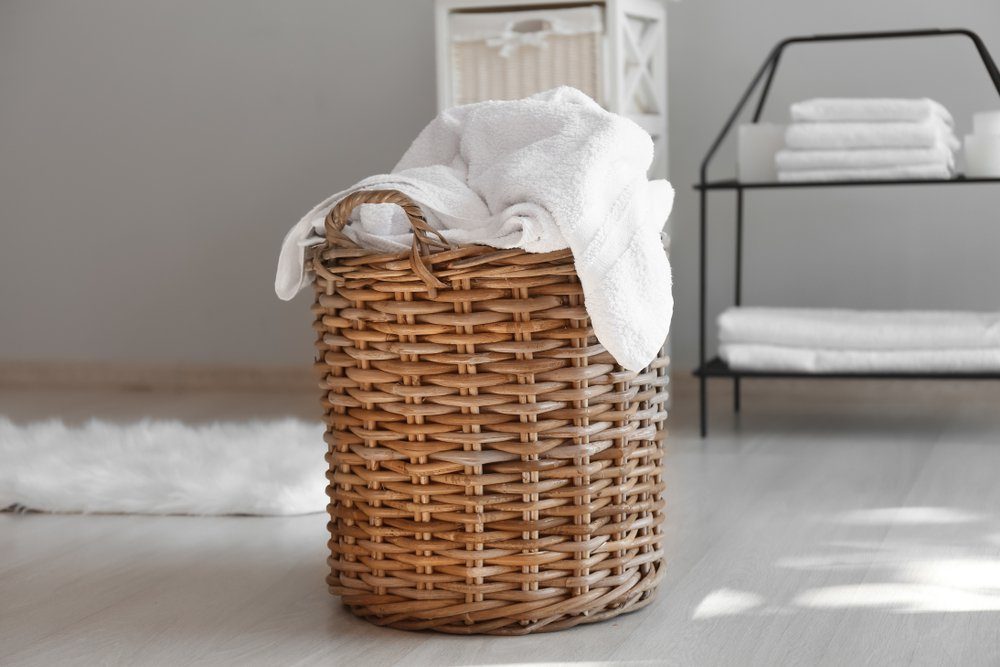
Your laundry room smells good
If your laundry routine consists of scented detergent, fabric softener, and dryer sheets to keep your clothes smelling cozy fresh, you could have a triple whammy of toxins on your hands. “These products with fragrance often contain phthalates or other harmful chemicals, which may cause health issues over time,” says Adler. Look for products with a short list of ingredients that don’t include the words “fragrance,” “perfume,” or “parfum.”
Find out more laundry mistakes to avoid.
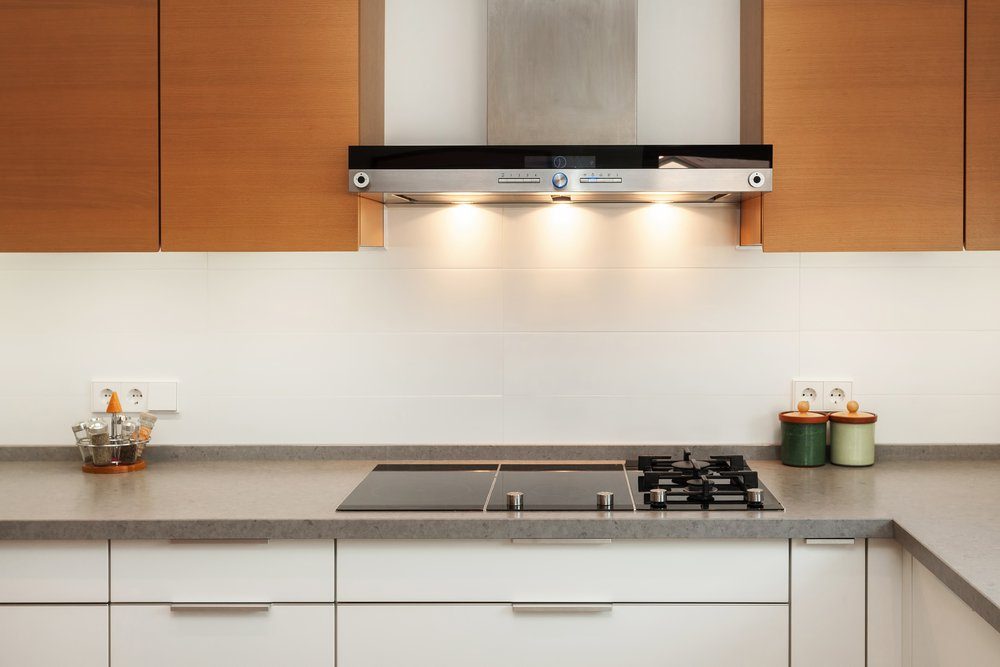
Your kitchen isn’t properly ventilated
If your stove uses gas, you could be raising the level of toxic fumes while you’re cooking without even knowing it. “Carbon monoxide, a deadly gas released from gas stoves and ovens, can quickly build up in your kitchen, especially without proper ventilation,” Adler says. “Some studies suggest that about half of all gas stoves can raise carbon monoxide to dangerous levels.” If you have an electric stove, you’re not totally in the clear either: Some research has found the simple process of cooking can create fumes as well as fine particles that affect indoor air quality. Make sure you use your hood vent (ideally vented to the outside) or open your windows to properly ventilate and avoid the dangerous gasses, Adler says.
Here are 20 more ways to cut down indoor air pollution.
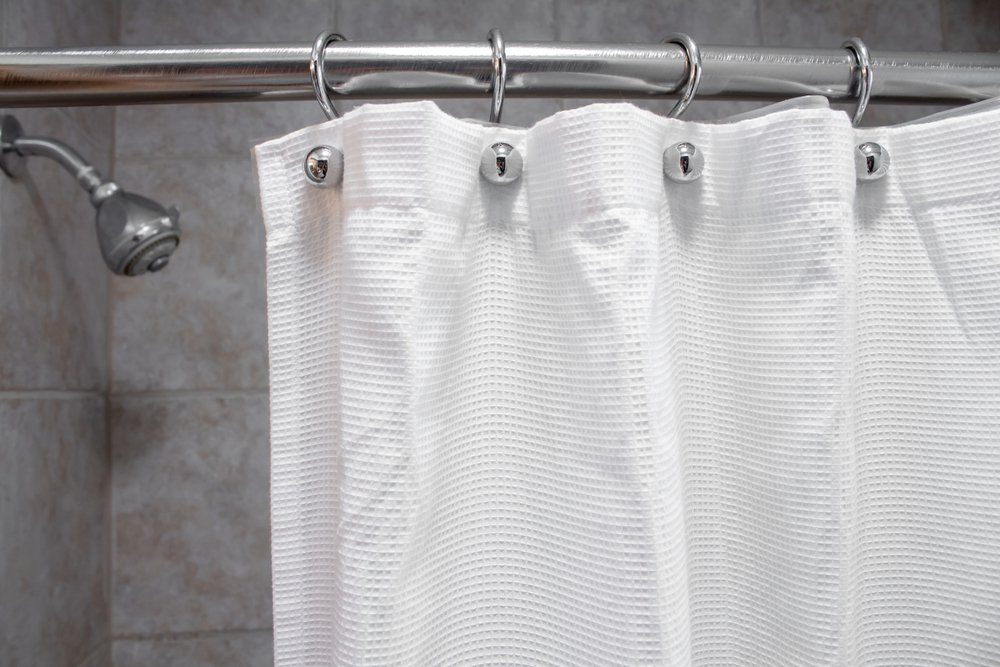
You use plastic shower curtains
That plastic-y smell a vinyl shower curtain—or liner—is caused by volatile organic compounds (VOCs). At high enough concentrations, they can irritate your respiratory tract as well as cause long-term damage to the liver, kidneys, and central nervous system, according to the Environmental Protection Agency (EPA). “VOCs are released from a wide variety of sources in our homes: flooring, paints, cabinetry, furniture, carpeting, and even vinyl shower curtains,” Adler says. “Swapping a vinyl shower curtain with a polyester one is a simple but effective way to reduce VOCs.”
Plastic shower curtains can also harbour harmful mould and mildew. “Mildew is not necessarily black or brown or gray—it can also be the pink and orange stuff,” says Melissa Maker, founder of Canadian cleaning service Clean My Space and host of the CleanMySpace YouTube Channel. “Turn your fan on and let it run for 30 minutes after you get out of the shower.” Also, close your curtain after showering, instead of leaving it scrunched to one side, to let it dry out, Maker says. In addition, another reason to avoid plastic shower curtains is to get one that’s machine-washable.
Find out 10 cleaning myths you need to stop believing.
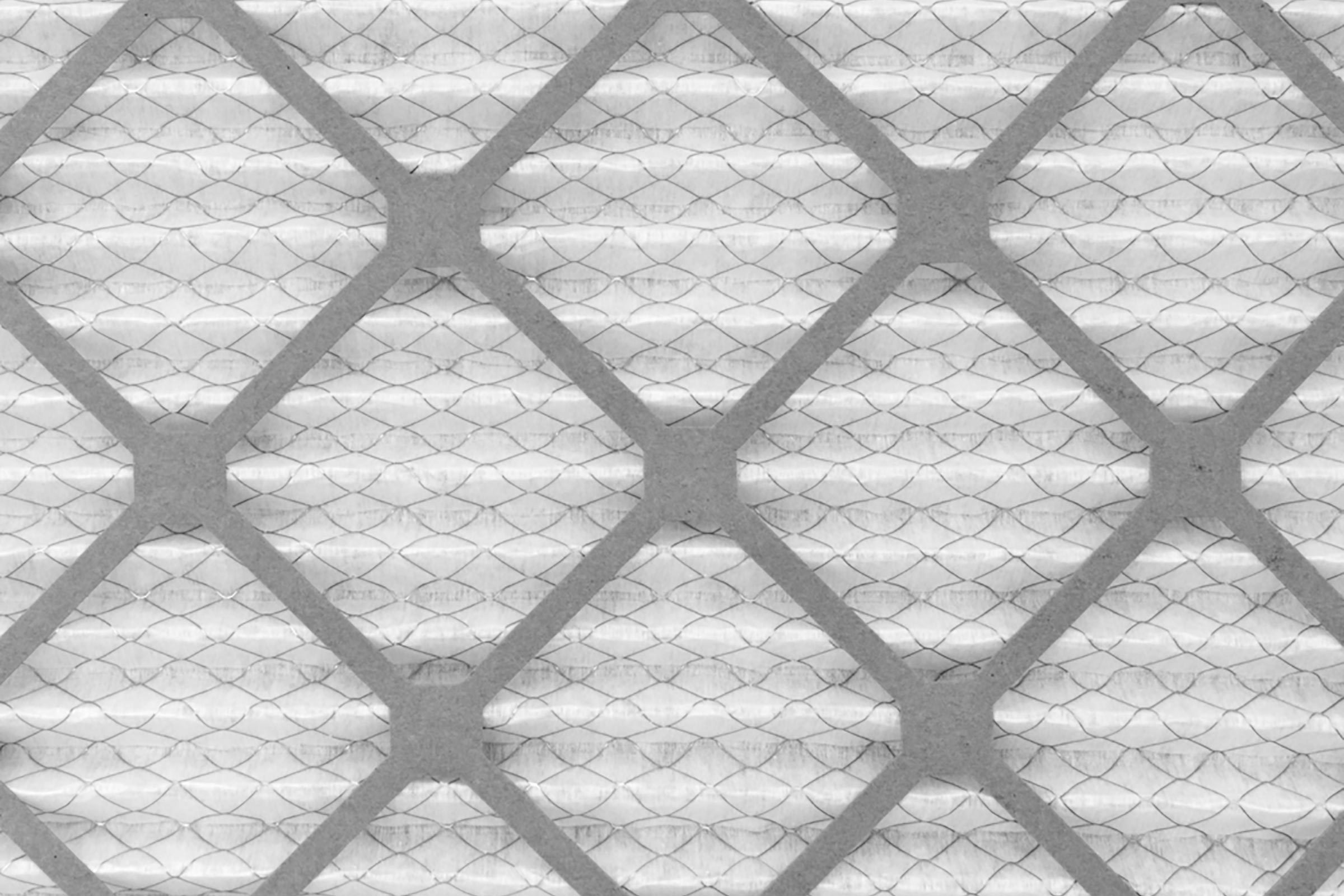
You don’t use a HEPA air filter
This one measure can improve your indoor air quality immensely. “The EPA has found that indoor air quality can be five to 10 times worse than outdoor air, and poor indoor air quality can lead to or exacerbate respiratory issues like asthma and allergies,” Adler says, adding that air filtration units are a great tool in improving air quality inside the home. In order for it to be effective, however, it should use both HEPA filters and activated carbon filtration: HEPA filters remove 99.97 per cent of airborne particles down to 0.3 microns in size but won’t remove any VOCs like formaldehyde, benzene, or solvents as these are gaseous; for these, you need an activated carbon filter.
Here are six symptoms of asthma every adult should know.
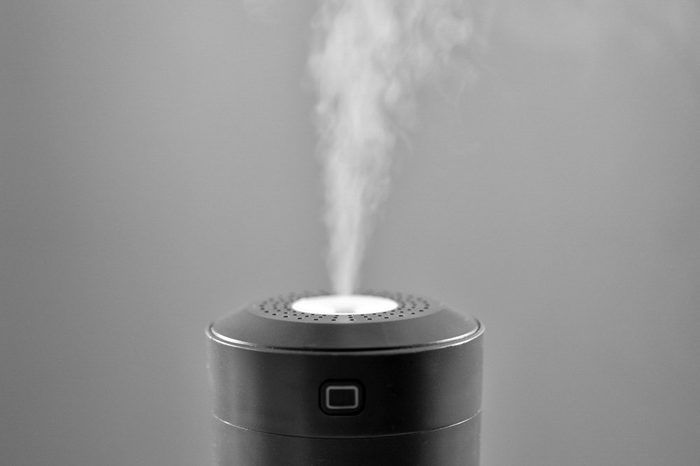
You don’t clean humidifiers regularly
You might think that humidifier is making the air healthier, but it may be doing the exact opposite if you don’t clean it out regularly. “Your humidifier can get crusty and mouldy over time,” Maker says, and it could disperse spores into your air. Mould, which the CDC says is linked to respiratory problems, may grow in dirty humidifiers or if water has been left in them. The U.S. Consumer Product Safety Commission says to change your humidifier water daily, use distilled water to prevent mineral buildup, clean the machine per the manufacturer’s instructions, and drain it before storing it for summer. Just make sure you’re not using harsh cleaners, as they can end up in the air too when you run the humidifier. If your humidifier has a filter, change that often as per the instructions as well.
This nifty trick will humidify your home—without a humidifier.
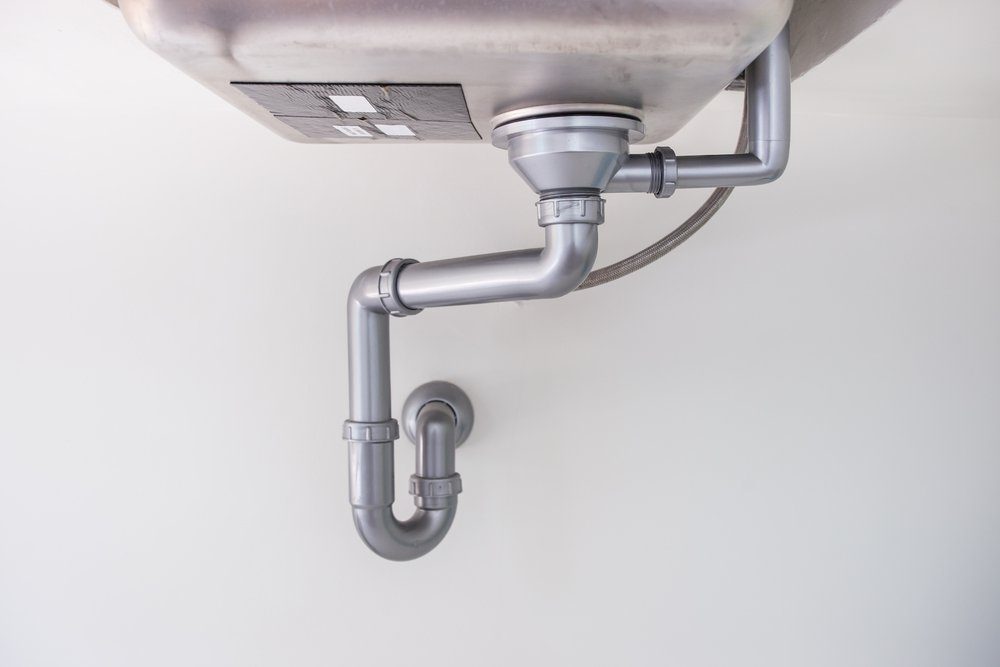
You have hidden sources of mould
Mould can also crop up in places where we don’t expect—and can’t even see. “Mould can grow anywhere that water has infiltrated—common places include under sinks, in attics or roofs that have leaks, or any homes that have experienced any degree of flooding or water damage,” Adler says. “The best prevention is moisture control: Keep humidity levels below 60 per cent, install ventilation fans in bathrooms, immediately and thoroughly dry any wet areas, make sure pipes do not leak, inspect and repair gutters, and increase airflow inside the home.”
You’ll wish you knew these home improvement hacks sooner.
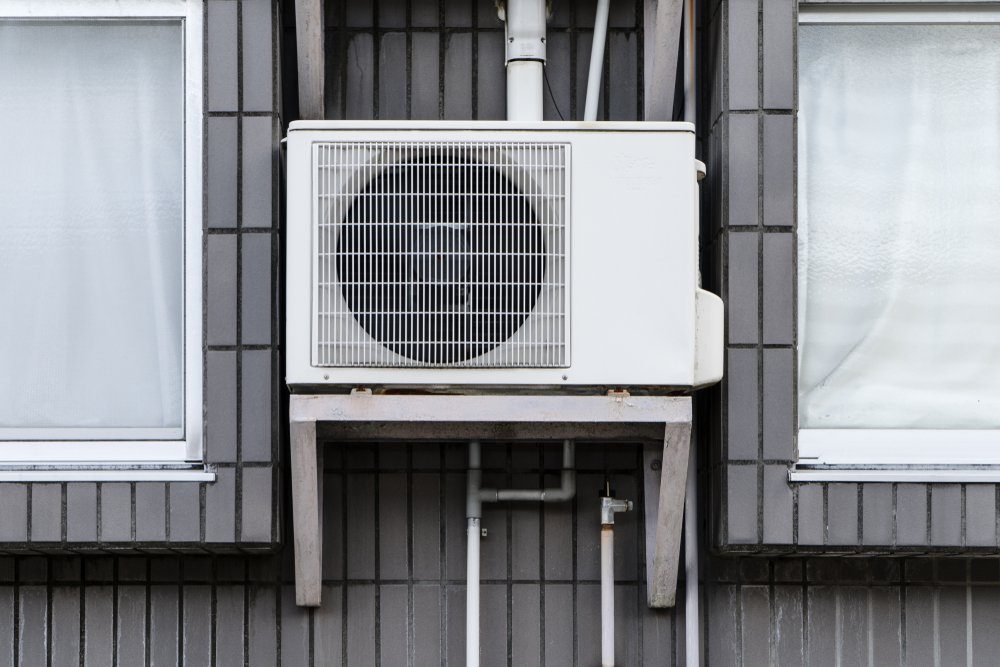
Your window air conditioning unit is old
Even if you clean out your window air conditioner’s filter regularly, germs can still grow inside the unit itself. “Air conditioners are notorious for harbouring potentially dangerous mould, and bacteria like legionella [it causes legionnaire’s disease],” Adler says. “Unfortunately it’s nearly impossible to properly clean an air conditioning unit once mould or bacteria are present, so the best solution is to replace it with a new unit.” Can you prevent it from growing in the first place? “Not really—ACs are moist and they are breeding grounds for mould,” she says. “They aren’t always easy to clean.” But if you have central air/HVAC, make sure to have the system maintained according to schedule.
Here’s how long you can expect every home appliance to last.
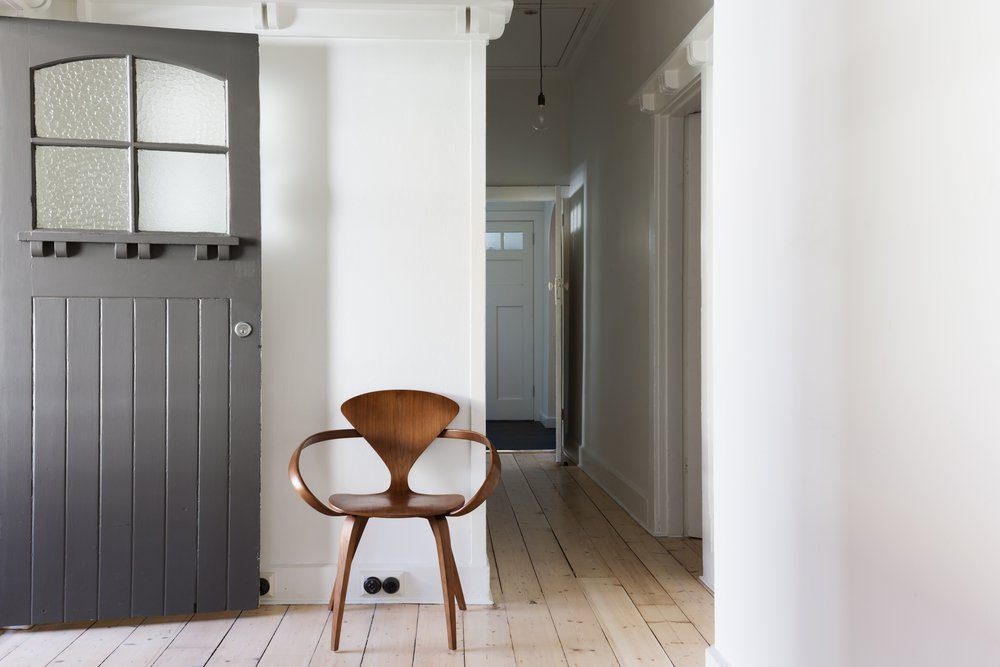
Your home has elevated radon
Through a natural breakdown of uranium in the ground, radon gas is released. If your home is sitting above those uranium deposits, it can trap the cancerous gas and expose you and your family. You can’t smell or see it, and its health effects usually aren’t evident for many years. Because of this, the EPA recommends testing your home for radon—you can buy kits online or in hardware stores, or hire a certified pro. If elevated radon is found, reduction systems using a vent and fan can be put in place fairly easily to effectively reduce levels.
Here are 30 cancer symptoms you should never ignore.
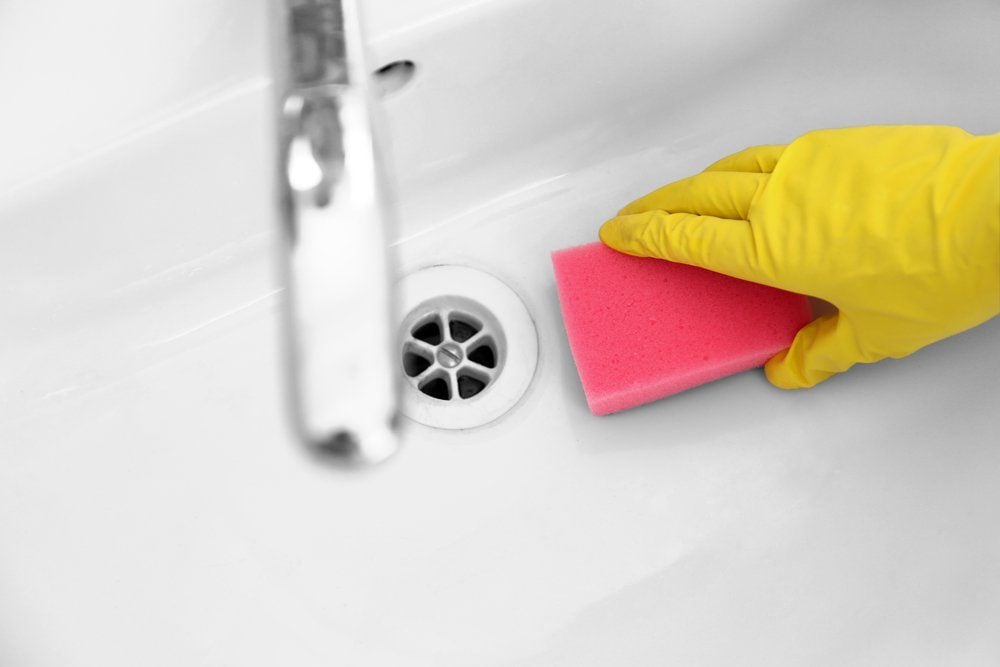
You don’t sanitize sponges
The kitchen can be one of the dirtiest places in your home—even if you’re good about cleaning it. In fact, your sponge may actually be part of the problem, spreading germs like sickness-causing salmonella. “Clean your sponge between uses by rinsing it really well with soapy water; every so often, soak it for 30 minutes in an oxygen bleach solution, remove it, and let it air dry,” Maker says. “You can also put them in the dishwasher, or the microwave.” One study found that zapping your sponge in the microwave for two minutes killed 99 per cent of bacteria. The Academy of Nutrition and Dietetics recommends cleaning sponges daily; to minimize contamination, use paper towels instead of sponges to clean up raw meat. Maker says synthetic sponges are easier to sanitize than the more porous natural sponges. Whatever you use, remember to swap the sponge out regularly.
Here’s how to clean absolutely everything in your kitchen, according to Charles the Butler of CTV’s The Marilyn Denis Show.
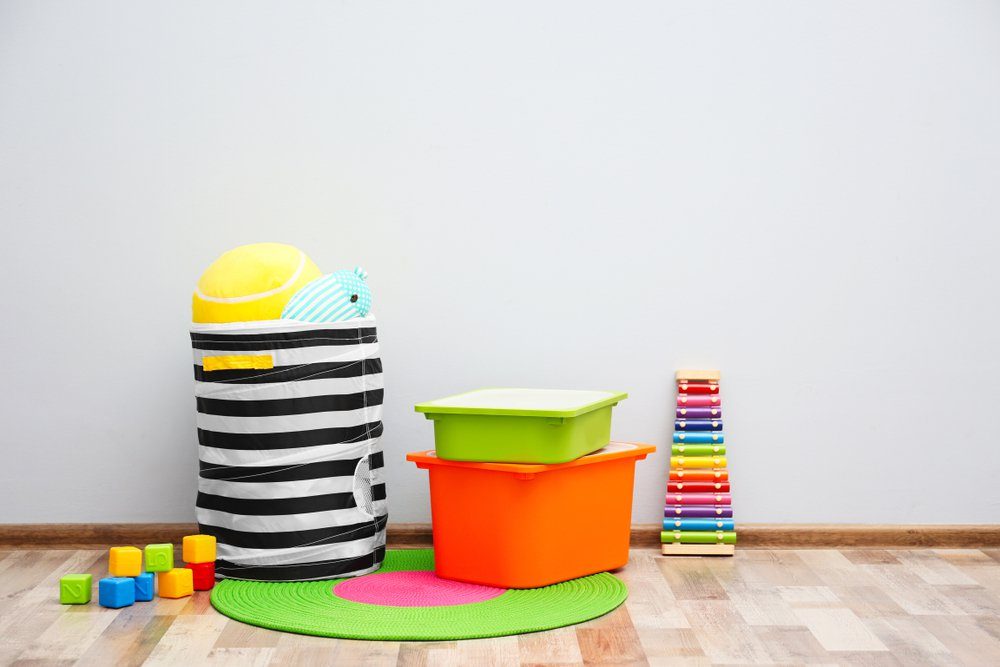
You haven’t washed your kids’ toys
It’s not just cold and flu germs that linger on your child’s toys—although that can happen, especially after play dates. But toxic dust can settle on playthings as well. “Make sure to wash kid’s toys and stuffed animals frequently to minimize dust that collects on these surfaces,” says Samara Geller, a senior research and database analyst at Environmental Working Group (EWG). But, don’t feel you have to use harsh cleansers on your children’s toys. “Children can be especially sensitive to chemicals in cleaning products,” Geller says. Cleaning them with soap and water, or putting them in the washer if they can be machine-washed, will do.
These are the spots you should never skip when spring cleaning.
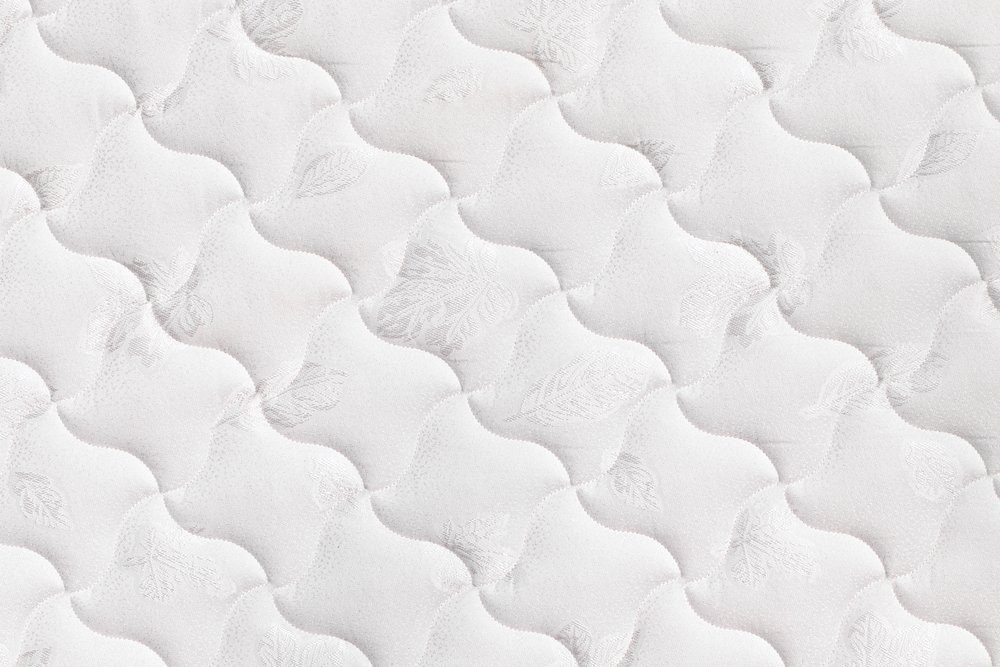
You don’t have a mattress protector
Your sleeping space can also be a “hotbed” of dust mites, which are a trigger for allergies and asthma, according to the American Lung Association. The tiny pests, which feed off dead skin cells from humans, like to settle and nest in bedding. “The most important thing for dealing with dust mites is to have a mattress protector cover over the mattress, which then prevents dust mites from going into your mattress,” Maker says. “Then you can just wash the mattress protector from time to time. Number two, changing your sheets frequently is the best way to keep dust mites at bay.” Wash in the hottest water possible to make sure you’re killing the bugs, she says.

Your house is too clean
It is possible to go overboard with your cleaning—a certain amount of germ exposure is actually healthy. “When we over-disinfect our house and get rid of too much bacteria, it backfires on us,” Maker says. “Soap and water is a super-effective cleaner that will protect us from most things,” and what it doesn’t remove will give our immune system a healthy challenge, she says.
There’s another issue with antimicrobial cleaning products and disinfectants, says Geller: They encourage the creation of bacteria that can’t be killed. “Disinfectants may facilitate the growth of antibiotic-resistant superbugs, and the ingredients in many are harmful to human health and the environment,” she says. “Most routine cleaning does not require disinfection—simple soap and water are enough to remove most household dirt and organic matter.”
Find out the mistakes you’re making with disinfectant spray.
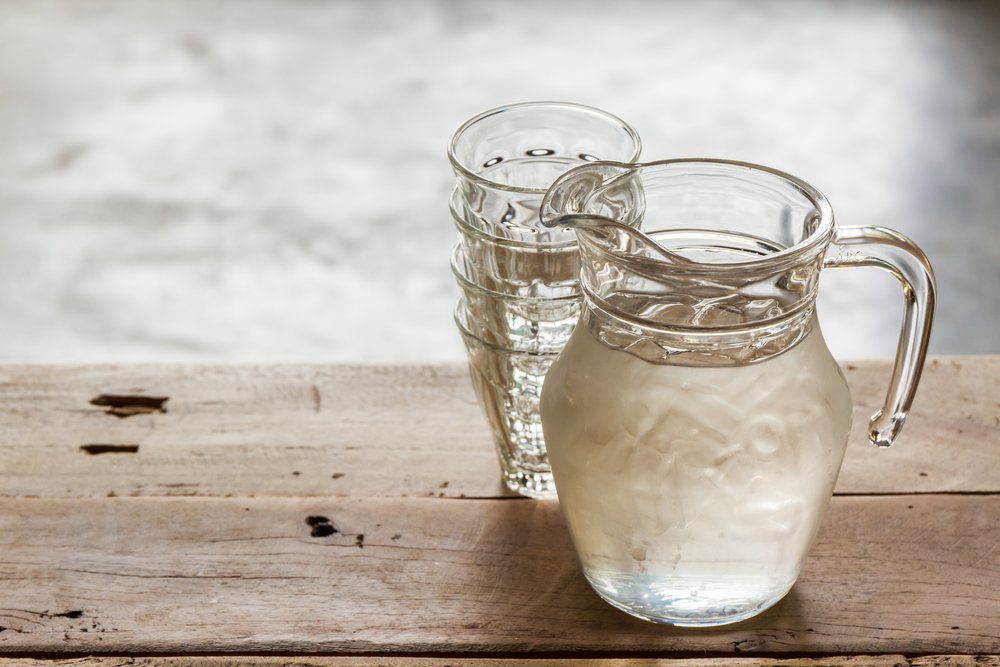
You don’t filter your water
Filtering drinking water is essential, Adler says—but to find the right type of filter you’ll need to test your water first; not all filters remove all types of contaminants.
Next, use this healthy home checklist to improve the safety in every room in your home.